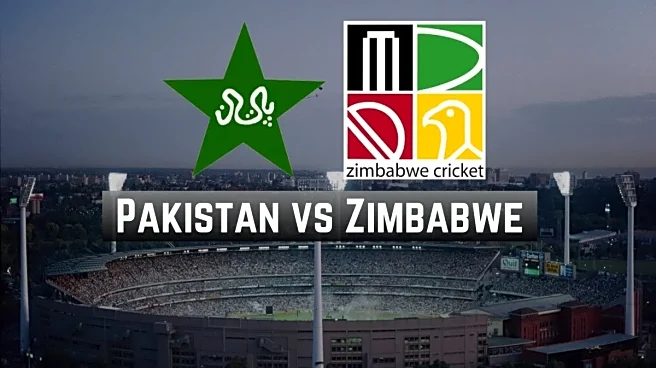The epicentre was measured at 36.12°N, 71.51°E near the Pakistan-Afghanistan border, at a depth of 135 km.
EQ of M: 5.2, On: 21/11/2025 03:09:12 IST, Lat: 36.12 N, Long: 71.51 E, Depth: 135 Km, Location: Pakistan. For more information Download the BhooKamp App https://t.co/5gCOtjdtw0 @DrJitendraSingh @OfficeOfDrJS
@Ravi_MoES @Dr_Mishra1966 @ndmaindia pic.twitter.com/teLa9W1bfs
— National Center for Seismology (@NCS_Earthquake) November 20, 2025
Authorities said details on damage or casualties are still awaited. Because deeper earthquakes dissipate more energy before reaching the surface, seismologists expect limited impact, though assessments are ongoing.
Pakistan sits in one of the world’s most active seismic regions, where the Indian and Eurasian tectonic plates collide. This zone, shared with Afghanistan and northern India, regularly experiences moderate to strong earthquakes, often felt across borders.
Several Pakistani provinces—Balochistan, Khyber Pakhtunkhwa, and Gilgit-Baltistan—lie along major fault lines and routinely face seismic activity.
Balochistan also sits close to the boundary of the Arabian and Eurasian plates, adding to its vulnerability. Punjab and Sindh, on the northwestern edge of the Indian plate, remain at risk as well, though to a lesser degree.
The region’s tectonic setting, including deep fault systems beneath the Hindu Kush and Karakoram ranges, has produced destructive earthquakes in the past.
Urban centres in these areas face additional risk due to high population density and limited disaster preparedness.
Disaster management agencies are monitoring Friday’s tremor and evaluating whether emergency response measures are required in the affected northern areas.
/images/ppid_59c68470-image-176370260720630570.webp)












